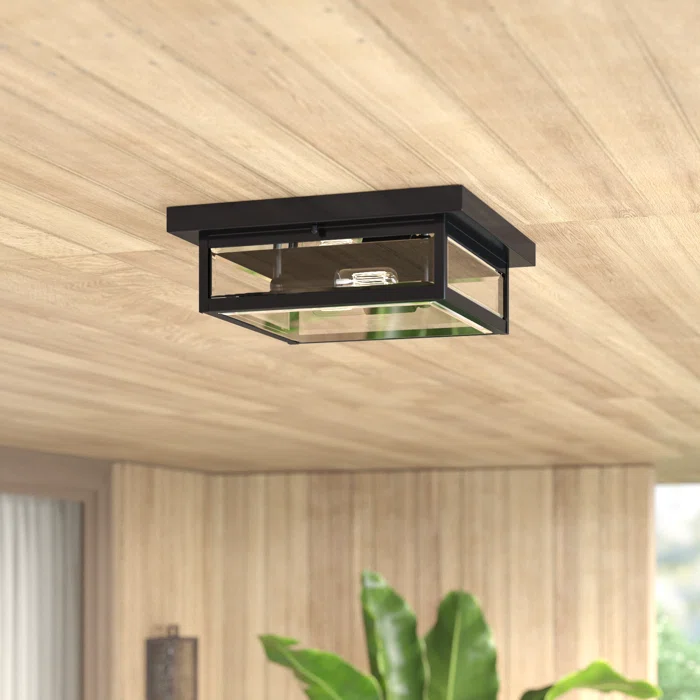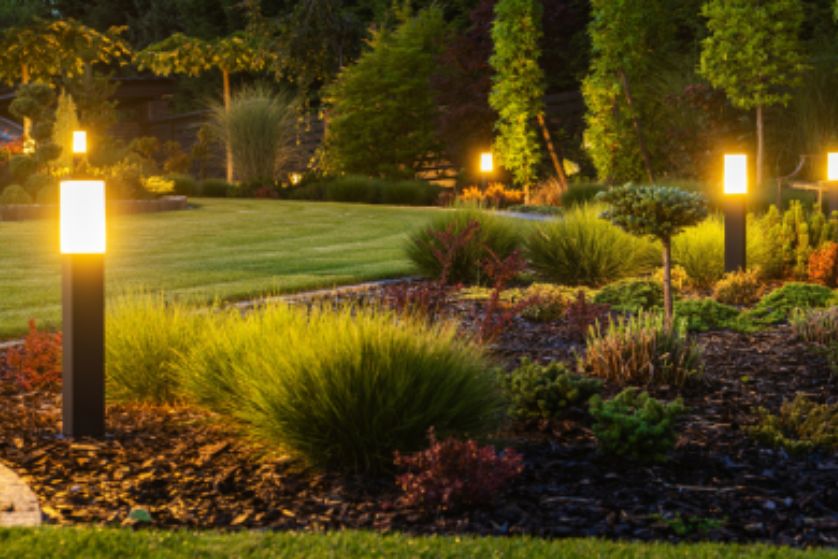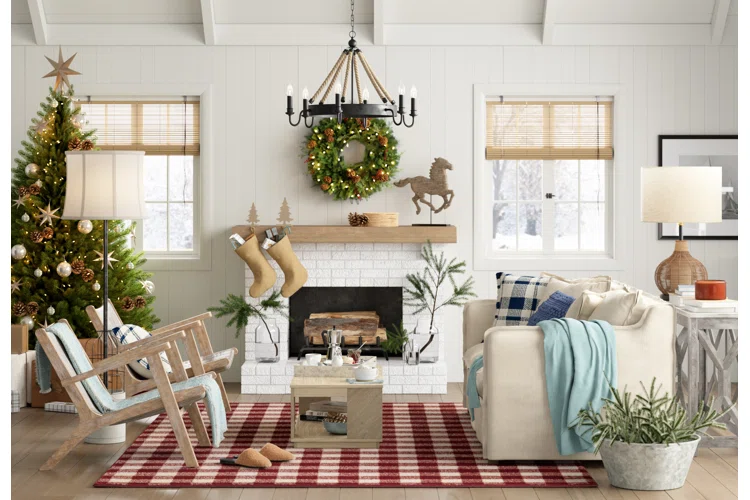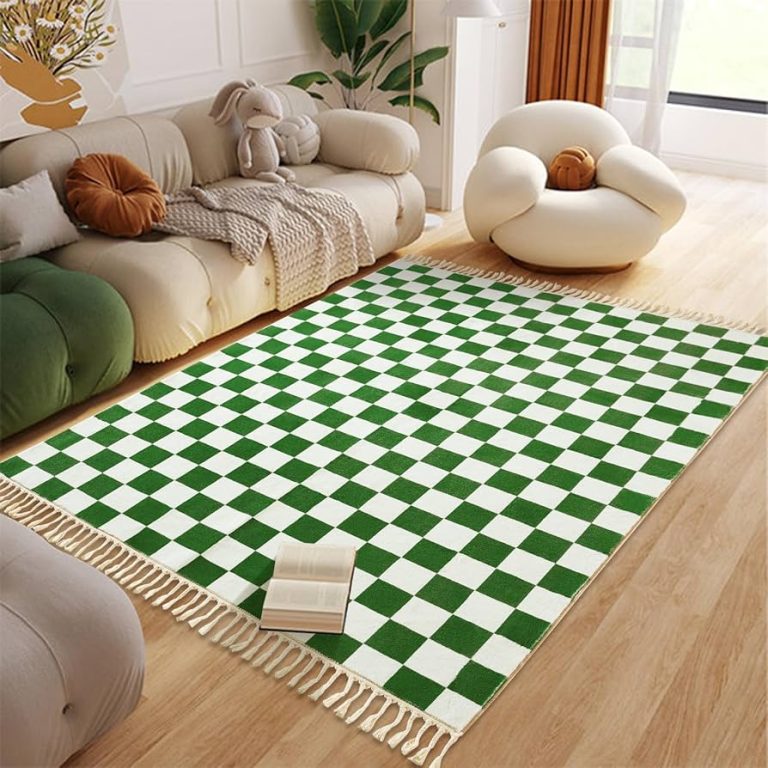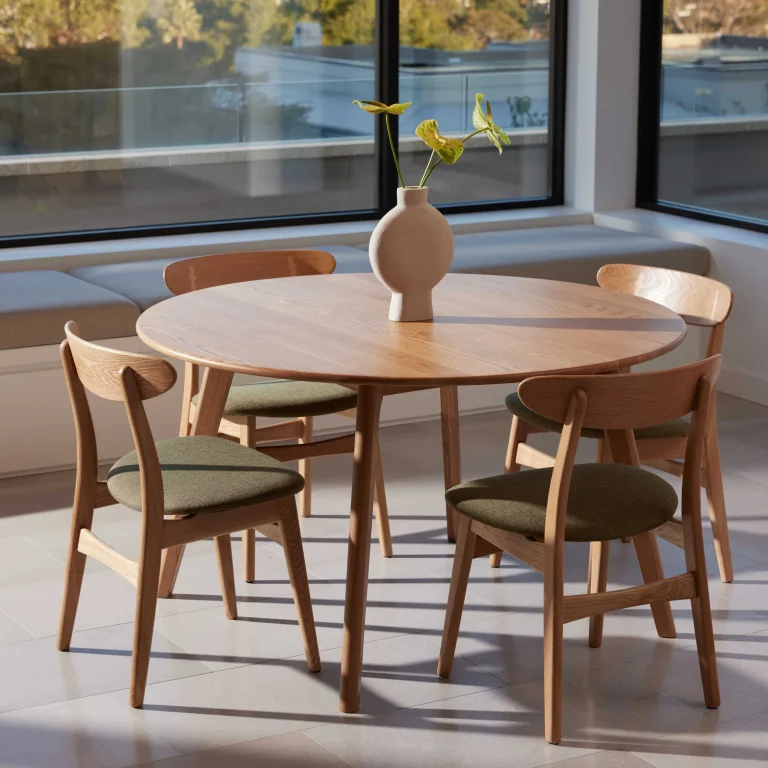Versatile Outdoor LED Lighting: Modern Light Fixtures for Every Space
In today’s world, outdoor LED lighting has become a popular choice for both residential and commercial spaces. These modern light fixtures not only enhance the aesthetic appeal of outdoor environments but also offer a range of functional benefits. From energy efficiency to improved safety, the versatility of LED outdoor lighting makes it an ideal option for illuminating various outdoor spaces. In this article, we will explore the advantages of outdoor LED lighting, guide you in choosing the right fixtures, discuss installation locations, compare different types of outdoor LED lighting, and provide maintenance tips to ensure long-lasting performance.
What are the Benefits of Outdoor LED Lighting?
Energy Efficiency of LED Light Fixtures
One of the most significant benefits of outdoor LED lighting is its remarkable energy efficiency. LED light fixtures consume considerably less wattage compared to traditional incandescent lights, often using up to 80% less energy. This efficiency translates into reduced energy bills, making LED outdoor lighting an economical choice for homeowners and businesses alike. With lumen outputs varying to meet specific illumination needs, LED lights can provide bright, effective lighting without the excessive energy consumption of older technologies. For instance, while a traditional bulb might require 40W to produce sufficient light, an LED equivalent can often achieve the same brightness with only 10W. This energy-efficient nature not only conserves electricity but also contributes to a more sustainable environment.
Long Lifespan and Low Maintenance Costs
Another key advantage of outdoor LED lighting is its long lifespan. LED bulbs can last up to 25,000 hours or more, significantly outpacing traditional light sources, which often fail after just a few thousand hours. This longevity means fewer replacements and lower maintenance costs over time. Additionally, most outdoor LED light fixtures are designed to be robust and withstand diverse outdoor environments, often featuring weather-resistant materials and IP ratings such as IP65, ensuring protection against dust and water. As a result, the durability of LED lighting fixtures provides peace of mind, knowing that they will continue to illuminate your outdoor spaces with minimal upkeep.


Enhanced Safety and Security in Outdoor Spaces
Outdoor LED lighting plays a crucial role in enhancing safety and security in outdoor spaces. Well-lit areas deter potential intruders and improve visibility, making it easier to navigate pathways and outdoor environments at night. Features such as motion-activated security lights and dusk-to-dawn sensors can be integrated into outdoor LED lighting solutions, ensuring that your property remains illuminated when needed. These lighting fixtures provide a sense of security, allowing homeowners to enjoy their outdoor spaces without fear. Furthermore, strategically placed landscape lights and outdoor wall lights can illuminate driveways, patios, and gardens, creating a welcoming ambiance while enhancing safety for family and guests.
How to Choose the Right Outdoor LED Light Fixtures?
Understanding IP Ratings for Outdoor LED Lighting
When selecting outdoor LED light fixtures, understanding IP ratings is essential. The Ingress Protection (IP) rating system indicates how well a fixture can withstand environmental elements. For instance, an IP65 rating signifies that the fixture is dust-tight and can handle water jets, making it suitable for various outdoor environments. Choosing lights with appropriate IP ratings ensures that they will function effectively and maintain their performance over time, regardless of weather conditions. For areas exposed to heavy rain or moisture, it is crucial to opt for fixtures with higher IP ratings, ensuring durability and reliability.
Selecting the Appropriate Lumen Output
Another important factor in choosing outdoor LED lighting is the lumen output. Lumen measures the total amount of visible light emitted by a light source. Depending on the specific area you wish to illuminate, selecting the right lumen output is vital for achieving optimal brightness. For example, pathways may require lower lumen outputs to create a soft glow, while security lights may need higher outputs to provide bright illumination. Understanding your lighting needs will help you choose fixtures that not only enhance the ambiance but also serve their intended function effectively.
Choosing Between RGB, Tunable, and Single Color Lights
The selection of color options in outdoor LED lighting can significantly impact the mood and functionality of your outdoor spaces. RGB lights offer a vast spectrum of colors, allowing for dynamic lighting solutions that can adapt to various occasions. Tunable white lights provide adjustable color temperatures, enabling users to switch between warm and cool light, such as 2700K for a cozy ambiance or 3000K for a more vibrant atmosphere. On the other hand, single-color lights are ideal for consistent illumination and are often used in security applications. Considering your lighting goals will guide you in choosing the right color options for your outdoor LED light fixtures.
Where to Install Outdoor LED Lighting Fixtures?
Ideal Locations for Outdoor Wall Lights
Outdoor wall lights are versatile fixtures that can be installed in various locations to enhance both safety and aesthetics. Ideal locations for outdoor wall lighting include entryways, garage doors, and patios, where they provide illumination for guests and family members. When installing LED outdoor wall fixtures, it is essential to consider height and spacing to ensure optimal lighting coverage without causing glare. Proper placement not only improves visibility but also adds an inviting element to your home’s exterior.
Using LED Outdoor Lighting for Landscape Illumination
Landscape lighting is a fantastic way to showcase your outdoor space’s unique features, such as gardens, trees, and architectural elements. LED landscape lights can be strategically placed to create focal points and enhance the overall ambiance of your backyard. Using adjustable fixtures allows for flexibility in directing light where it’s needed most, while wall wash fixtures can create a soft wash of light against surfaces, adding depth and dimension. By thoughtfully planning your landscape illumination, you can transform your outdoor environment into an enchanting space to enjoy day and night.
Best Practices for Area Light Placement
When installing area lights, it is essential to follow best practices to ensure effective illumination. Begin by assessing the areas that require lighting, such as driveways, pathways, and recreational spaces. The placement of LED flood lights and other outdoor lighting fixtures should provide adequate coverage while minimizing shadows. For optimal safety and security, fixtures should be positioned to illuminate potential hazards and entry points. Additionally, consider using photocell sensors to ensure lights activate automatically at dusk, providing consistent illumination and peace of mind.
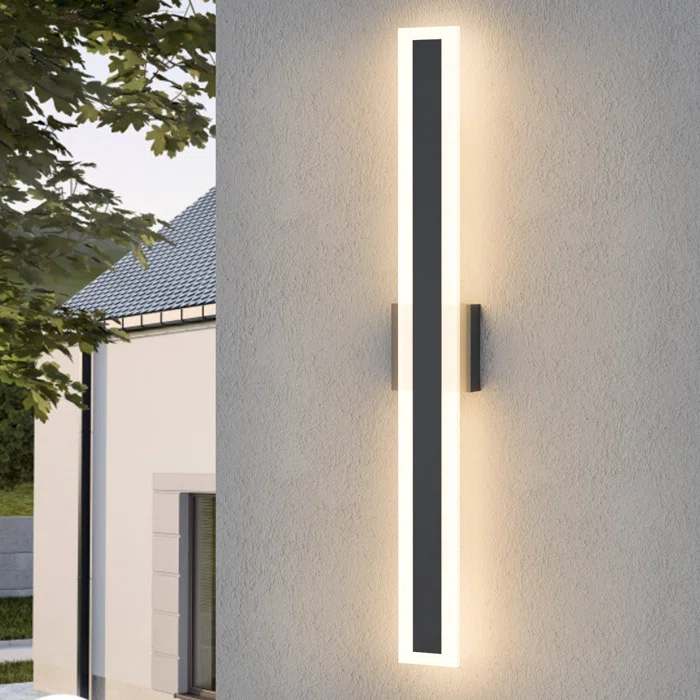
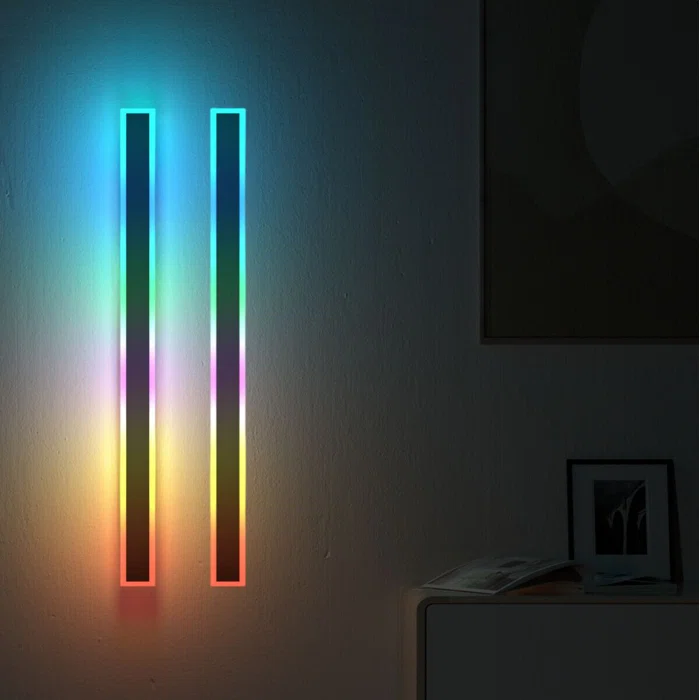
What are the Different Types of Outdoor LED Lighting?
Comparing LED Strip Lights vs. Traditional Outdoor Lights
LED strip lights have gained popularity as a flexible and creative lighting option for outdoor spaces. Unlike traditional outdoor lights, which often have fixed positions, LED strips can be cut and arranged to fit various applications, such as outlining patios, steps, or garden beds. They offer a modern touch to outdoor decor and can be easily integrated into existing structures. While traditional lights provide focused illumination, the versatility of LED strips allows for creative designs, making them an ideal choice for those looking to customize their outdoor lighting solutions.
Exploring Adjustable and Dimmable Outdoor Lighting Options
Adjustable and dimmable outdoor lighting options provide homeowners with control over their outdoor ambiance. Adjustable fixtures allow for changes in direction and intensity, enabling users to highlight specific areas or create a softer glow as needed. Dimmable LED outdoor lighting is perfect for creating different moods throughout the evening, whether for a lively gathering or a quiet night under the stars. By investing in adjustable and dimmable fixtures, you can enhance the functionality of your outdoor spaces while conserving energy.
Understanding Flush Mount and Wall Wash Fixtures
Flush mount and wall wash fixtures serve distinct purposes in outdoor lighting design. Flush mount fixtures provide a streamlined look, making them ideal for spaces with low ceilings or where a sleek aesthetic is desired. They offer ample illumination without protruding into the outdoor environment. Conversely, wall wash fixtures are designed to wash walls with light, creating a dramatic effect while highlighting textures and architectural details. By understanding the differences between these types of fixtures, you can select the right options for your outdoor lighting needs, enhancing both safety and style.
How to Maintain Your Outdoor LED Lighting?
Routine Checks for Long-Lasting Performance
To ensure the longevity and performance of your outdoor LED lighting, routine checks are essential. Regularly inspect your fixtures for any signs of wear or damage, including frayed wires or cracked housings. Verify that all connections are secure and that there are no obstructions blocking the light output. By conducting these checks, you can identify potential issues early, preventing costly repairs or replacements down the line. A proactive approach to maintenance will ensure that your outdoor LED lighting continues to illuminate your spaces effectively.
Cleaning and Caring for Your LED Fixtures
Cleaning your outdoor LED fixtures is vital for maintaining optimal performance and aesthetics. Dust and debris can accumulate on the surfaces, reducing light output and creating an unappealing appearance. Use a soft cloth and mild soap solution to gently wipe down the fixtures, ensuring that no moisture enters electrical components. For fixtures with glass covers, regular cleaning will enhance the clarity of the glass, allowing for brighter illumination. Additionally, removing any vegetation or obstacles around the fixtures will ensure they remain effective in providing light in outdoor environments.
Troubleshooting Common Issues with Outdoor LED Lights
Even with the long lifespan and durability of outdoor LED lights, issues may occasionally arise. Common problems include flickering lights, reduced brightness, or complete failure. In many cases, these issues can be resolved by checking the power supply or replacing a faulty bulb. If you notice flickering, it may indicate an issue with the fixture’s connection or compatibility with dimmers. By understanding these common problems and their potential solutions, you can troubleshoot effectively, ensuring your outdoor LED lighting remains in excellent working condition.
